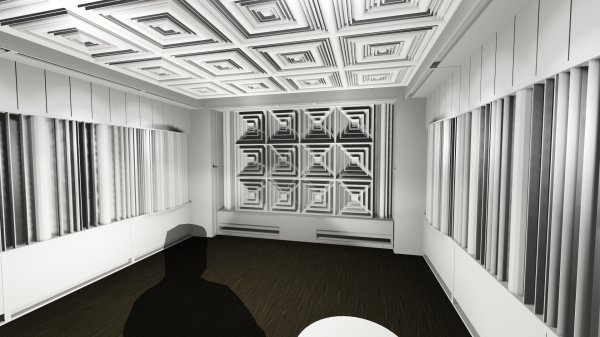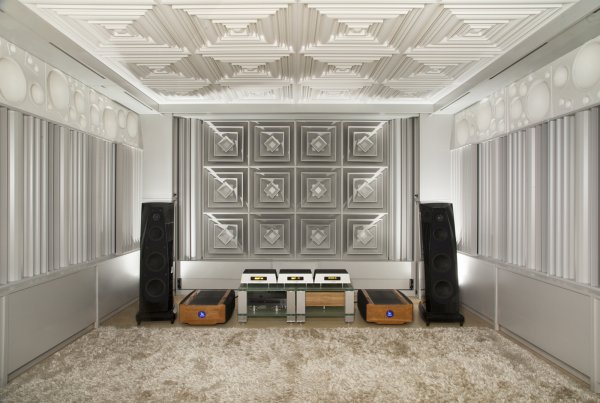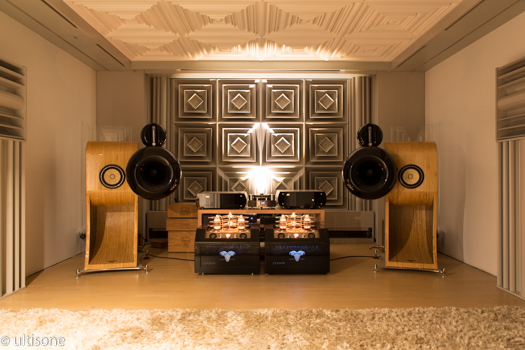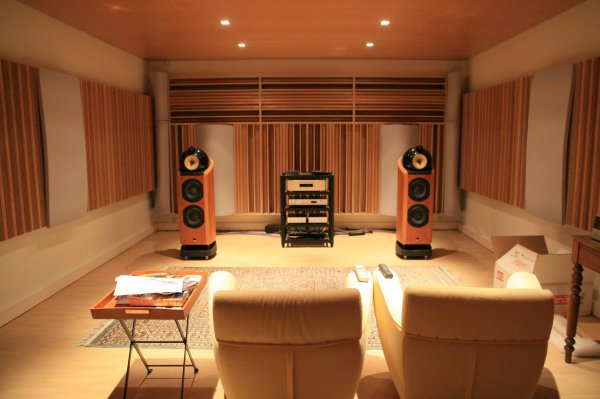Thank you, 853guy!
I am not clear what you are intending in your last paragraph. Are you suggesting that it was the mix of absorption and diffusion that achieved impressive soundstaging/imaging, but that that same mix diminished center fill and dynamics, and that that audiophile would have achieved a better balance of soundstaging/imaging and dynamics if he had selected absorption or diffusion at the first reflection points (rather than a mix of absorption and diffusion)?
Hi Ron,
Sorry, my bad - I should have been more clear.
I mean to say that irrespective of whether absorption or diffusion, or indeed, a combination of both was used to treat the first reflection point, those particular rooms achieved their result (soundstaging/imaging) at the expense of other musically meaningful and sonic priorities. In other words, in those specific situations, for those particular rooms, with those particular speakers, the result was a net loss overall, despite gains in one or more areas.
The issue was not that they attempted to deal with the first reflection point, it was not understanding how in prioritising the first reflection point they affected other aspects of reproduction because the solution was targeted toward a single problem in isolation, rather than the problem(s) as contextualised within the whole.
Diffusion and/or absorption in-and-of-themselves are not solutions to dealing with the first reflection point - whether diffusion and/or absorption is the solution again comes back to the dispersion characteristics of the speaker and its energy propagation, considered and understood within the greater whole of how the room deals with that energy, and what level of priority treatment of the first reflection point should receive relative to other concerns. Often, the only way to know is after the fact, as Mike’s testimony bears out. Theory is fine, and for sure, should never be discounted, but it’s no substitute for real-world blood, sweat and tears experimentation once the system is in situ (unfortunately).
Aside from the recommendation to try the SMT wings, the other would be to visit those who already have Pendragons, and hear how their rooms deal with the energy propagation specific and particular to the Pendragon, at real-world levels with real music (preferably yours).
Best!
853guy










